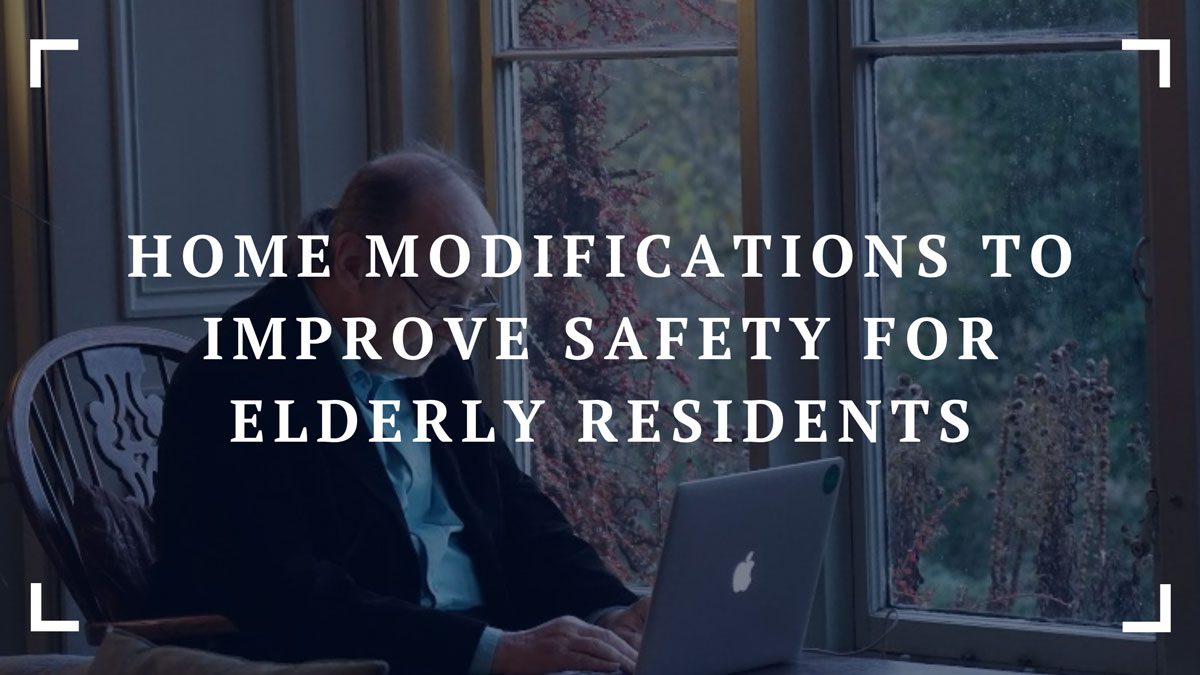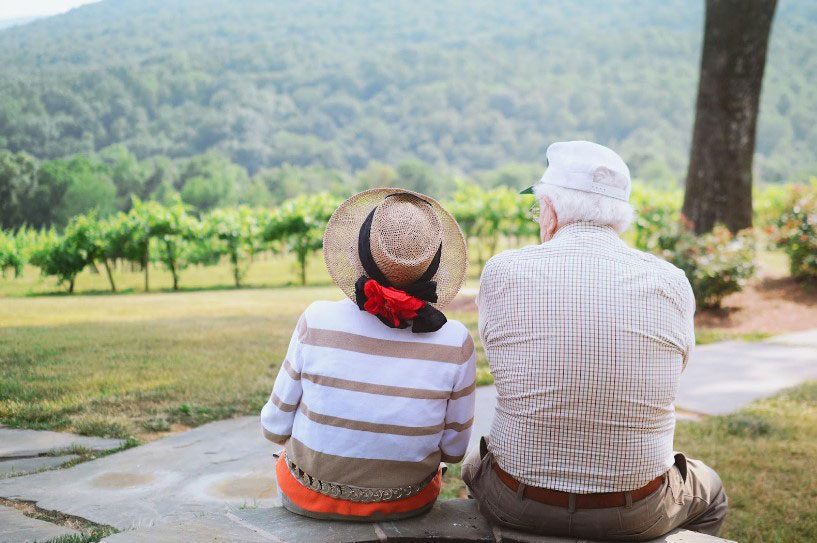As we age, falls become a greater risk to our health and safety. A fractured hip can lead to hospitalization, physical therapy, or even nursing care. To prevent serious injury from occurring due to a fall, seniors living in their homes must consider making home modifications that increase the overall level of safety for them.
In this blog post, explore how you can modify your home furnishings and environment with an emphasis on improving safety for elderly family members who are living at home. Learn about products available as well as other simple solutions designed to prevent accidents in the home. With just a few changes, older adults can stay safe while still enjoying their independence in their households!

Bathroom Modifications
The bathroom is one of the most hazardous places in the home for seniors. It’s important to make sure it’s as safe as possible to avoid any accidents or falls. Start by installing grab bars in the shower or tub area, as well as near the toilet. These can help provide stability and support when getting in and out of these areas. Additionally, consider adding a shower chair or bench to allow for a more comfortable experience while bathing.
Other modifications that can be made include adding non-slip mats to the shower or tub floor, using a raised toilet seat with handles, and installing a handheld showerhead for added convenience. All of these adjustments can greatly reduce the risk of slipping or falling in the bathroom. Plus, bathroom safety products are readily available and affordable, making it an easy modification to implement in any home. From small changes to larger installations, there are plenty of options to suit any budget and needs.
Kitchen Adjustments
The kitchen is another area where accidents are bound to happen if proper precautions aren’t taken. To prevent falls or burns while cooking, make sure all appliances are within easy reach and that there is plenty of lighting in the area.
Consider replacing traditional knobs with lever handles on cabinets and drawers to make them easier to open for those with limited hand strength. Also, take a look at the flooring in the kitchen. If it’s too slippery, consider adding non-slip mats or changing to a more textured material that provides better traction.
Additionally, make sure all sharp objects and heavy items are stored in lower cabinets for easy access. This not only prevents accidents but also reduces the risk of strain or injury from reaching for things on higher shelves.
Living Room and Bedroom Changes
Furniture placement is key in preventing accidents in the living room and bedroom. Make sure there is enough open space to move around freely, especially if using a mobility aid like a walker or cane. Also, consider removing any unnecessary furniture or decor that may create obstacles.
In addition, make sure all electrical cords are out of the way and secured against walls to avoid tripping hazards. Adding brighter lighting can also help improve visibility and reduce the risk of falls.
For the bedroom, consider adding a bed rail for additional support when getting in and out of bed. Install nightlights along the path from the bedroom to the bathroom for added safety during nighttime trips.
Hallways and Stairs
Hallways and stairs pose a significant risk for the elderly, as they are common locations for falls. To make your hallways safer, ensure they are well-lit and free from clutter. Consider installing motion-sensor lights to ensure the hallway is always illuminated when in use. Handrails on both sides of the hallway, while not typical, can provide extra support and stability.
Stairs are particularly hazardous, so it’s crucial to take extra precautions here. Like hallways, stairs should also be well-lit, and consider installing light switches at both the top and bottom for ease of use. Installing sturdy handrails on both sides of the stairs provides crucial support. For those struggling with stairs, consider installing a chair lift. This is a more significant modification, but it can provide a safe and easy way to move between floors.
Finally, ensure stair treads are secure and consider adding non-slip tape or specialized stair treads to increase traction, reducing the risk of slipping. By taking these steps, you can make hallways and stairs much safer for elderly occupants.

The safety of our elderly loved ones is paramount. With aging, our homes can present unexpected hazards, but with thoughtful modifications, these risks can be mitigated. Bathroom adjustments, kitchen changes, strategic furniture placement, and improvements in hallways and stairs are all valuable steps in creating a safer environment.
Remember, the key is to balance safety with the comfort and independence of the senior resident. Small changes can make a big difference, but more significant modifications might be necessary for some individuals. Ultimately, ensuring our homes are safe for elderly residents is a proactive step in prolonging their independence and improving their quality of life.


